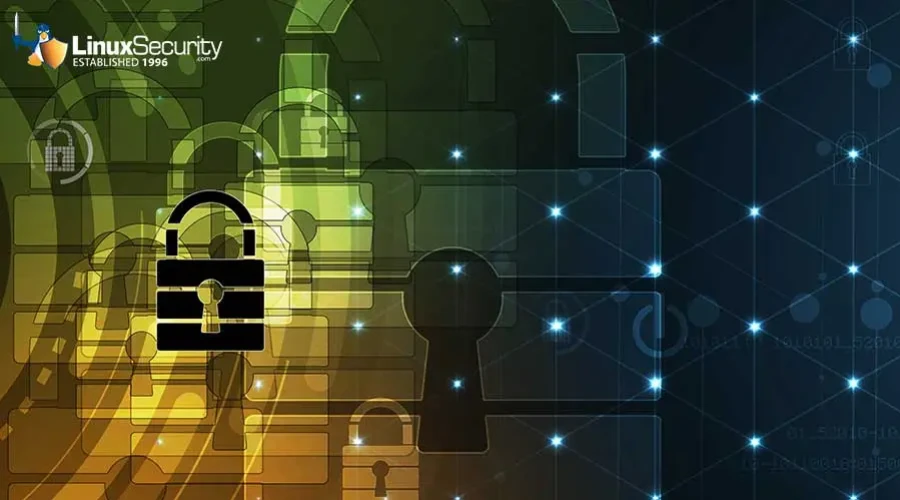Analyzing AcidPour: A New and Evolving Linux Malware Threat

A new variant of the AcidRain Linux malware called AcidPour has been discovered. This malware targets explicitly Linux systems in Ukraine. AcidPour expands upon its predecessor and poses a significant risk to users. Let's examine the importance of this discovery, the implications for admins and security professionals, and measures you can take to protect against threats like AcidPour.
What Is the Significance of the AcidPour Malware Discovery?
 AcidPour showcases the evolving landscape of malware threats, particularly in Linux systems. Unlike its predecessor, the AcidPour malware is compiled for Linux x86 devices and is widely used in popular Linux distributions such as Ubuntu, Mint, Fedora, and Debian. This fact alone sparks curiosity as it questions the previous assumptions that Linux systems are inherently more secure. The discovery of AcidPour highlights the need for security practitioners to be vigilant and adaptable in their defense strategies, even when dealing with open-source platforms like Linux.
AcidPour showcases the evolving landscape of malware threats, particularly in Linux systems. Unlike its predecessor, the AcidPour malware is compiled for Linux x86 devices and is widely used in popular Linux distributions such as Ubuntu, Mint, Fedora, and Debian. This fact alone sparks curiosity as it questions the previous assumptions that Linux systems are inherently more secure. The discovery of AcidPour highlights the need for security practitioners to be vigilant and adaptable in their defense strategies, even when dealing with open-source platforms like Linux.
It is crucial to note the distinct differences between AcidPour and AcidRain, especially regarding their codebase and targeted elements. AcidPour introduces new components like Unsorted Block Images (UBI) and virtual block devices associated with Logical Volume Manager (LVM). This expansion in targets indicates a potential evolution in the strategies employed by threat actors. Such evolving tactics raise essential questions regarding the motives and intentions behind these malware campaigns. Security practitioners must stay informed about these shifts to protect their systems and networks effectively.
What Are the Security Implications of AcidPour? How Can I Mitigate My Risk?
The implications of the AcidPour malware variant can have long-term consequences for Linux admins and sysadmins globally. The fact that it specifically targets Ukraine sets a precedent for potential future attacks targeting specific regions or industries. This highlights the importance of international collaboration among security professionals to share information and develop countermeasures that can be applied globally. Additionally, the specific wiping logic observed in AcidPour, particularly for devices like LVMs, suggests a higher level of sophistication, indicating a need for enhanced security protocols and incident response practices.
As security practitioners, it is crucial to remain proactive in countering these evolving threats. We suggest prioritizing cybersecurity training for oneself and employees, emphasizing mitigating phishing attacks, one of the primary entry points for malware infections. Furthermore, leveraging AI-powered solutions such as chatbots to compile concise and comprehensive guides for preventive measures can significantly enhance overall security.
Our Final Thoughts on the AcidPour Linux Malware
The discovery of AcidPour is a wake-up call for the Linux community. The evolving nature of malware threats demands constant vigilance and adaptability from security practitioners. By staying informed, collaborating globally, and implementing robust security measures, Linux admins, infosec professionals, internet security enthusiasts, and sysadmins can effectively defend against current and future malware variants. The implications of AcidPour and similar threats underscore the importance of understanding the ever-changing landscape of cybersecurity and reinforce the need to enhance security practices continuously.























